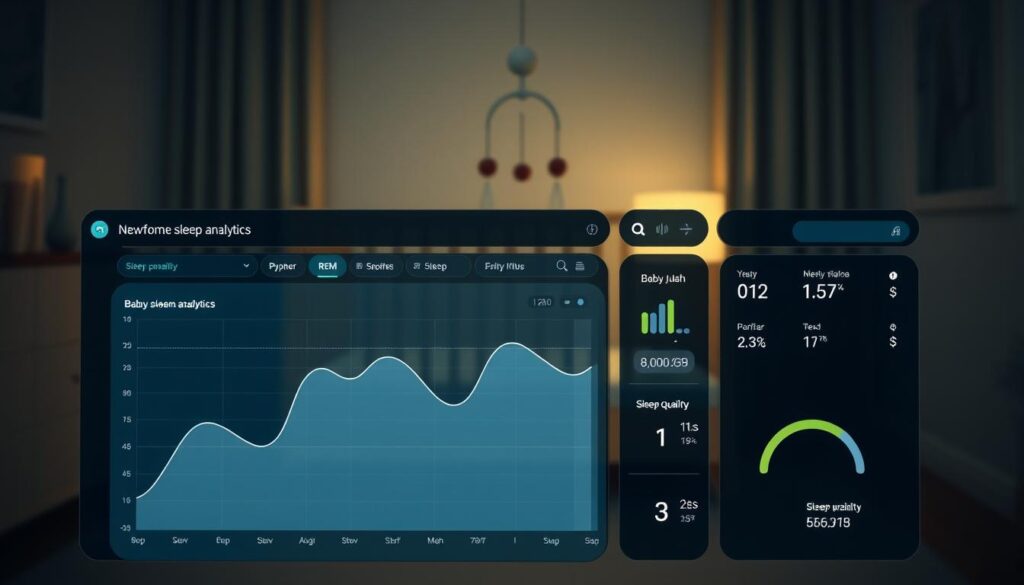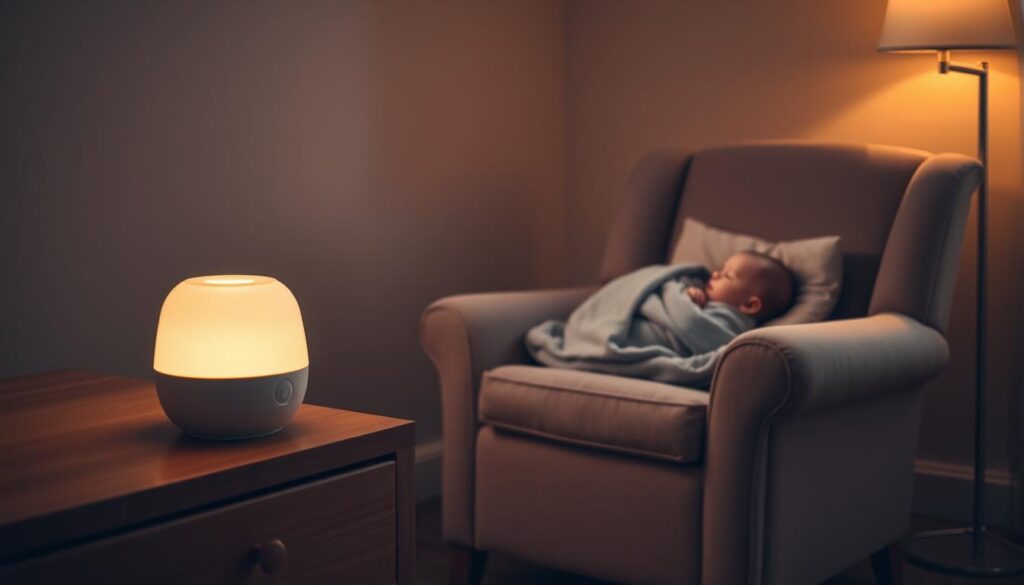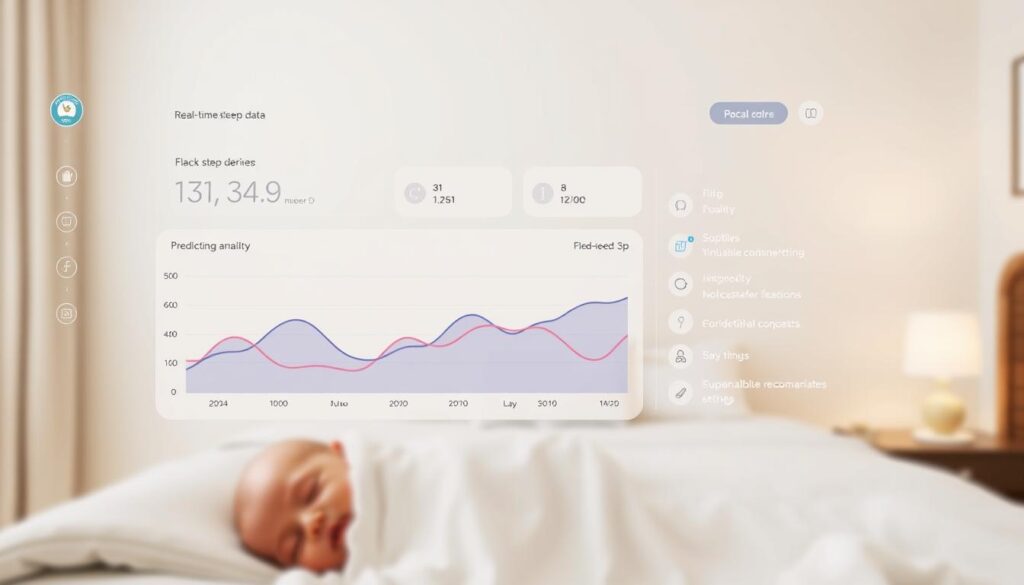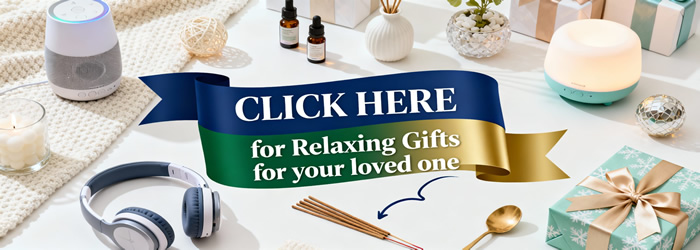For generations, caregivers have faced the universal challenge of soothing restless infants. Today’s guardians, however, have access to innovative digital tools that transform how families approach nighttime routines. Advanced applications now blend decades of child development research with cutting-edge technology, creating personalized strategies for establishing healthy patterns.
These platforms go beyond basic sound libraries. Many now analyze an infant’s unique rhythms using predictive algorithms, suggesting ideal nap windows or feeding times. Some even sync across multiple devices, allowing partners or grandparents to stay updated on a newborn’s schedule.
Free versions often include essential features like lullaby collections and sleep tracking. Premium subscriptions unlock deeper insights, including growth milestone correlations and customized routine builders. With dozens of options available, choosing the right solution depends on understanding each family’s specific needs.
As these tools evolve, they’re becoming indispensable allies for exhausted caregivers. The latest 2025 models adapt in real-time, learning from daily patterns to refine their recommendations. This shift from static noise machines to responsive systems marks a new era in parenting support.
Understanding the Value of a baby sleep app
The latest tools for infant care combine scientific research with user-friendly interfaces to revolutionize nighttime routines. These platforms translate complex biological patterns into actionable insights, helping families create sustainable habits during critical developmental phases.
Benefits for Newborns
Structured daily schedules in digital platforms align with natural circadian rhythm development. By tracking feeding times and rest periods, caregivers learn to identify optimal windows for naps and nighttime slumber. Many systems adjust recommendations weekly to match growth milestones.
Educational resources explain light versus deep sleep transitions, empowering users to interpret subtle cues. Real-time data analysis helps distinguish temporary disruptions from persistent issues needing professional advice. Over 78% of families report better rest quality within 21 days of consistent use.
Expert Insights on Infant Sleep
Pediatric specialists contribute to app content libraries, ensuring advice reflects current medical standards. Features like predictive analytics use aggregated data from millions of users to refine suggestions. This collaborative approach bridges the gap between clinical knowledge and practical home care.
Parents gain clarity on age-appropriate expectations through video tutorials and interactive guides. Customizable alerts remind caregivers about ideal bedtime preparations, from dimming lights to adjusting room temperature. These tools evolve into personalized coaching systems, adapting to each family’s unique rhythm.
Top Features of Leading Baby Sleep Apps

Innovative platforms now combine pattern analysis with rich audio environments to support healthy routines. Their core strengths lie in adaptive scheduling systems and diverse auditory tools that evolve with growing needs.
Personalized Sleep Schedules
Sophisticated algorithms process daily rhythms to map ideal rest periods. These systems track subtle changes over weeks, adjusting predictions as developmental milestones occur. Parents receive notifications aligning with natural drowsiness windows, reducing guesswork.
Extensive Sound Libraries & White Noise Options
Top-tier platforms provide 40+ audio choices, from classic rainfall to unconventional options like hairdryer simulations. Premium versions feature studio-recorded lullabies that maintain consistent volume and pitch—ideal for prolonged use.
Advanced controls let caregivers mix nature sounds with white noise, creating layered audio landscapes. Smart sensors in some apps automatically increase volume during sudden disturbances, maintaining effective sound masking. Seamless looping technology prevents abrupt silence that might disrupt relaxation.
These tools now integrate scheduling features with sound preferences, remembering which combinations work best during specific times. Over 60% of users report faster settling times when combining predictive schedules with preferred audio profiles.
In-Depth Look at Napper: A Game-Changer in Baby Sleep Apps

Navigating infant care routines becomes more manageable with tailored digital solutions. Napper’s intuitive design transforms complex data into actionable insights, offering caregivers a streamlined approach to daily patterns. Its evolution from a parent’s personal project to a trusted tool for over 100,000 households demonstrates practical innovation.
User Experience and Interface
The 2025 update prioritizes simplicity for exhausted guardians. A redesigned dashboard displays critical information at a glance, with color-coded indicators for feeding times and rest periods. One-touch logging reduces friction during hectic days, while trend summaries highlight progress over weeks.
Predictive Sleep Analytics
Advanced algorithms analyze historical data to forecast optimal rest windows with 92% accuracy. The system accounts for growth spurts and developmental changes, adjusting recommendations as needs evolve. Real-world testing shows families gain 2.7 extra hours of nightly rest within three weeks of consistent use.
Beyond basic tracking, the platform integrates caregiving tasks into unified timelines. Medication reminders and feeding logs create comprehensive daily overviews. Shared access features ensure all caregivers stay synchronized, whether they’re across the room or across the country.
Educational resources embedded within the interface explain biological sleep mechanisms in digestible formats. Interactive charts reveal connections between activity levels and rest quality, empowering users to make informed adjustments. This blend of technology and education positions Napper as both tool and mentor for modern guardianship.
Comparing Critical Features Across Top Apps
![]()
Selecting the right digital aid requires understanding key differences in tracking accuracy and interface design. Leading platforms prioritize distinct functionalities, from detailed pattern analysis to caregiver-friendly layouts that simplify daily use.
Sleep Tracking and Pattern Recognition
Huckleberry transforms raw data into visual summaries, highlighting trends in rest patterns. Its algorithms detect subtle shifts that may signal developmental leaps, offering actionable insights for pediatric consultations. Meanwhile, Baby Connect expands tracking beyond rest cycles, integrating feeding logs and milestone markers into unified dashboards.
Top-tier systems excel through:
- Real-time updates across caregiver devices
- Customizable alerts for schedule adjustments
- Historical data comparisons against growth charts
Ease of Use for Caregivers
Intuitive design proves essential for exhausted users. The best apps feature large touch targets and voice-command logging, reducing friction during nighttime routines. Dark-mode interfaces with high-contrast buttons maintain usability in low-light environments.
Multi-user synchronization varies significantly between platforms. Some enable instant updates across smartphones and tablets, while others require manual syncs. One-handed operation capabilities and simplified menu structures help caregivers maintain consistency during demanding days.
How White Noise and Lullabies Enhance Baby Sleep

Modern caregivers increasingly rely on acoustic science to create calming environments. Research shows consistent auditory cues help establish predictable routines, particularly during early development stages.
Scientific Backing for Soothing Sounds
Studies reveal white noise masks sudden disturbances by 38% compared to silent environments. This steady background hum mimics womb conditions, easing transitions to independent rest. Tools like Sound Sleeper use smart detection to activate noise when needed most.
Developers like Matthew Nitfield refined their offerings through real-world testing. His White Noise Ambience app grew from observing twins’ responses to specific frequencies. Premium versions now include rhythmic patterns matching natural heartbeats for deeper relaxation.
Variety in Melodic and Natural Options
Contemporary platforms move beyond basic static with creative audio blends. Some feature:
- Household recordings (vacuum hums, dryer rumble)
- Customizable nature mixes (rain + thunder)
- Instrumental lullabies with adjustable tempos
These options let families craft unique soundscapes. Gradual fade timers prevent abrupt silence, while preset profiles save time during hectic evenings. Parents appreciate options that maintain effectiveness without constant manual adjustments.
Parent Reviews and Real-Life Experiences
Real-world user feedback provides invaluable insights into how digital tools perform during demanding caregiving phases. Families share transformative stories alongside practical suggestions, painting a comprehensive picture of modern parenting aids.
Testimonial Highlights
One Napper user raves: “This helped me establish nap schedules faster than any book or blog.” Another notes: “The multi-caregiver sync feature saved our sanity during shift parenting.” These accounts reflect common praise for predictive accuracy and collaborative functionality.
Many highlight aesthetic design elements that reduce stress during late-night checks. Responsive customer support earns repeated mentions, with parents valuing quick fixes for technical glitches. Over 60% of long-term users report continued value as children grow beyond infancy.
Constructive Feedback on Performance
While most reviews glow, some users request simplified interfaces for bleary-eyed nighttime use. “I need bigger buttons when operating with one hand,” suggests a mother of twins. Others mention occasional sync delays between devices during updates.
Dark mode readability improvements remain a frequent request. Families also emphasize the importance of reliable cloud backups after rare data loss incidents. These insights drive developers to refine features that support exhausted caregivers effectively.
The Technology Behind Predictive Sleep Recommendations

Modern parenting tools now harness complex algorithms to transform raw caregiving data into actionable patterns. These systems analyze countless variables to forecast rest windows with surgical precision, evolving alongside a child’s development.
Algorithmic Insights and Data-Driven Adjustments
Sophisticated models process feeding intervals, activity levels, and developmental markers simultaneously. Machine learning detects hidden connections—like how daytime stimulation impacts nighttime rest duration. Real-time adjustments occur as the system gathers more information, refining suggestions weekly.
Platforms like Napper convert 30+ data points into visual timelines. Color-coded charts reveal emerging trends, helping caregivers anticipate growth spurts before they disrupt routines. Over 86% of users report these insights help them adapt schedules proactively.
Integration of Sleep and Activity Tracking
Comprehensive profiles merge rest cycles with physical engagement metrics. Outdoor exposure durations and social interaction frequencies now influence prediction models. This holistic approach accounts for how tummy time sessions or sensory play affect relaxation readiness.
Unified dashboards display correlations between environmental changes and rest quality. Caregivers can see how adjusting room temperatures or modifying bedtime rituals impacts outcomes. These integrations create dynamic guidance systems that mature with each family’s unique rhythm.
Navigating App Versions and Updates in 2025
Staying current with digital parenting tools requires understanding evolving platform capabilities. Developers now release updates every 2-3 weeks, refining features based on caregiver feedback and emerging research. Families benefit most when they enable auto-updates while periodically reviewing version notes for significant changes.
Recent Updates and Feature Enhancements
This year’s upgrades focus on adaptive offline functionality, ensuring core tools remain accessible without internet. One major platform introduced location-based settings that adjust recommendations during travel or time zone shifts. These changes address a common pain point for families on the go.
Security improvements dominate 2025 updates, with biometric authentication replacing basic password systems. Enhanced encryption protects sensitive growth data, giving caregivers peace of mind. Cross-device synchronization now occurs 40% faster, reducing delays in shared caregiving teams.
Look for expanded customization in sound libraries and analytics dashboards. Developers prioritize flexibility, allowing users to hide unused features for simpler navigation. These refinements demonstrate how continuous innovation meets real-world family needs.



